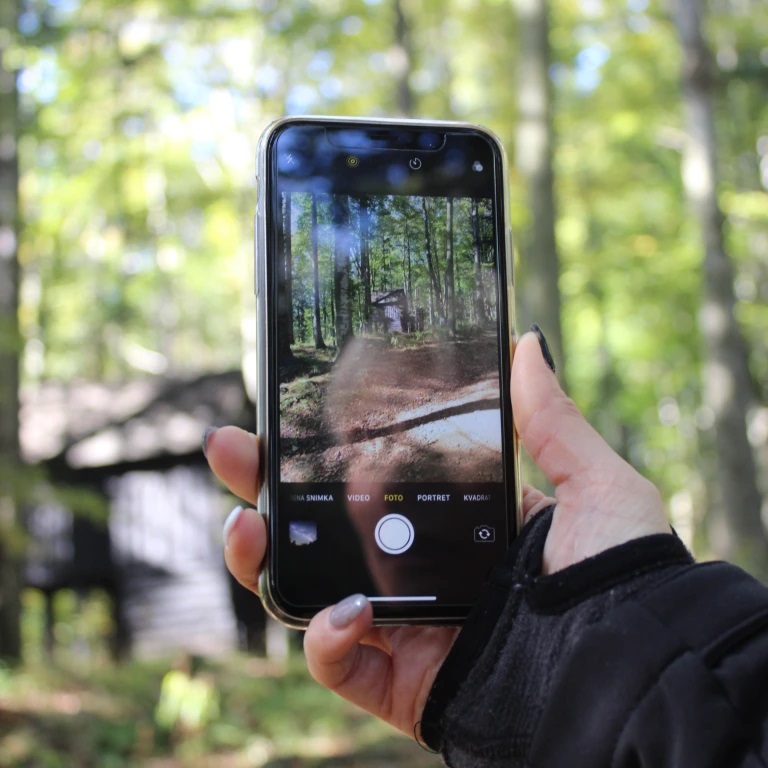Citizen Science & the Sustainable Development Goals – Part 2
In this series of blogs, Rosy Mondardini (Managing Director of Citizen Science Center Zurich) shares her view on the potentials of Citizen Science as a way for researchers and citizens to contribute to the UN 2030 Agenda for Sustainable Development, and in particular to the implementation of the 17 Sustainable Development Goals.
Author: Rosy Mondardini

The scientific community has big responsibilities in advancing the global effort toward a more sustainable world (see Part 1), and the same can be said for all major players in the public and private sectors, including Governments, International organisations, NGOs, and more. In particular, citizens (as ultimate constituents of all of them!) have a special place in the list of stakeholders; at all levels, their engagement is considered critical for success, as public participation entails greater inclusiveness, transparency and accountability in the process.
In addition, citizens are increasingly looked at as potential providers of data for monitoring and decision-making. Thanks to mobile phones, low-cost technologies and ubiquitous sensors, they can help filling existing data gaps by reporting and tracking progress on many issues. However, while multiple forms of citizen-generated data are available, they are often looked at with critical eyes, and dismissed by questioning methodology, consistency, and quality. In reality, such data have hardly any impact – especially for policy and decision making – unless they were collected with appropriate tools and methods.
Here is where Citizen Science (CS) has huge potentials: by providing a sound methodology (which has been around for more than a century!) based on the collaboration between researchers and citizens and on the scientific research process, CS can help generate quality data and trustworthy knowledge, supporting the credibility of citizen-generated data.
How can CS projects help the SDG effort?
Monitoring and reporting on the SDGs: filling data gaps
Filling data gaps for SDG monitoring and reporting requires providing up-to-date information on a series of quantities (indicators) that track the progress towards SDG targets. Currently, the majority of data is provided by National Statistical Offices (NSO) using traditional methods, such as censuses, surveys, and in situ monitoring. Such methods, although powerful, have a well-known limit: they are expensive! As a consequence, they are run infrequently and with limited geographical coverage. In addition, depending on the topic and on the political situation of the country, their implementation may raise issues of openness and transparency.
To overcome such limits, NSO could identify data gaps and work with Citizen Science practitioners to generate the missing data. With agreed methods and dedicated tools, CS projects can complement official data by providing accessible, timely, and reliable data at scales and resolution not possible with traditional methods (for example, for water quality monitoring, the amount and coverage of measurements that citizens leaving around water basins could provide is unachievable by any single research group, or with governmental water quality monitoring stations). Joint efforts of data collection and analysis would also overcome the limits of country-wide averages, and provide clearer pictures of geographic, economic, and socio-cultural variations.
Researching SDG solutions
However, science is tasked to provide more than data. Research also needs to provide solutions to unresolved issues, such as identify new drugs to fight cancer, provide clean water to millions, predict rare and extreme weather events, or find more efficient ways to harness solar power. Most of such topics require professional expertise and the involvement of resourceful scientific institutions. But even in this case citizens can help!
For instance, citizens can provide computing power for running simulations or training machine learning algorithms. Because of the huge number of personal computers, tablets and smartphones around, donating spare CPU cycles (“volunteer computing”) can supply more computing power to science than does any other type of computing. This free computing power often enables scientific research that could not be done – ie. financially supported – otherwise.
Achieving the SDGs: ownership and local engagement

Although international targets and indicators for the SDGs have already been established, many governments are defining new “local” targets and indicators, geographically focussed on specific regions. While potentially unsuitable for official UN reporting, such data are closer to the lives of ordinary people, and better reflect their priorities.
Citizen Science projects are local in nature, and can significantly contribute to highlight local issues, such as noise pollution, gender violence, or biodiversity. While providing data and knowledge for SDG monitoring, local projects also raise citizens awareness on environmental and societal issues, and empowers communities with the data they collect.
Policy-makers increasingly value such tools; integrating knowledge and experience of different citizen groups in complex issues (such as environment and health) has proven to help authorities in their decision-making process. Shared knowledge enables dialogue amongst citizens, scientists, and decision makers, and ultimately helps individuals to make informed choices on how to improve their own lifes, and the life of their community.
Last but not least, participation in a citizen science project can educate and inspire the participants, changing their attitudes and behaviours. CS data can “tell a story”, which can inspire new interventions or actions on the ground, as well as persuade additional engagement.
Note: if you want to know more, make sure you check the recent publication on Nature “Citizen science and the United Nations Sustainable Development Goals”.